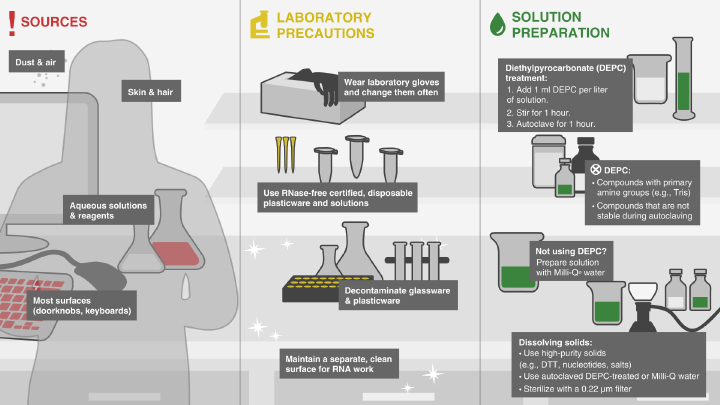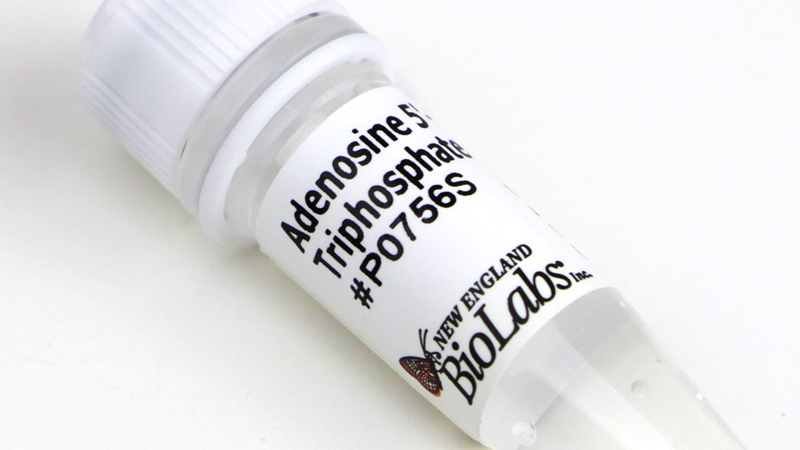T4 RNA Ligase 1 (ssRNA Ligase)
Product information| Code | Name | Size | Quantity | Price | |
|---|---|---|---|---|---|
M0204S |
T4 RNA Ligase 1 (ssRNA Ligase) |
1.000 units ( 10000 units/ml ) | - | Unavailable in your region | |
M0204L |
T4 RNA Ligase 1 (ssRNA Ligase) |
5.000 units ( 10000 units/ml ) | - | Unavailable in your region |



